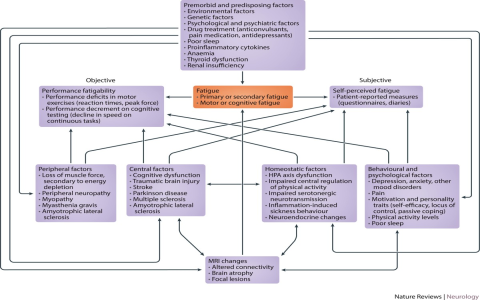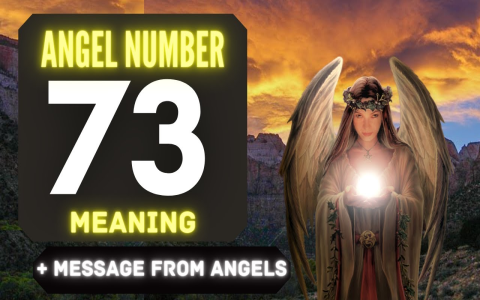Okay, so, let me tell you about this whole Form 1041 thing. I had to dive into this recently, and boy, was it a journey. I’m no tax expert, but I like to think I’m pretty good at figuring stuff out. So, here’s the deal with Form 1041, based on my own little adventure.
First off, I realized that Form 1041 is basically the tax return form for estates and trusts. It’s like when we individuals file our taxes using Form 1040, but this one’s for when someone’s passed away, and their stuff (their estate) is still earning money, or when there’s a trust involved.
My first step was getting a hold of the actual form. You know, just seeing it with my own eyes. The IRS website is where you can find these things. Downloaded it, printed it out, and spread it out on my desk. It looked daunting at first, with all those boxes and lines, but I’ve dealt with worse, I told myself.

Then, I started reading up on what triggers the need for this form. Turns out, if an estate or trust makes more than 600 bucks in a year, you gotta file this thing. So, it’s not for every situation, just when there’s a bit of money coming in.
The next thing I did was try to understand the different parts of the form. There’s a section for income, where you report any money the estate or trust earned. Then there’s a part for deductions, which is like, any expenses related to managing the estate or trust. It’s all about balancing the books, really.
I spent a good few days just filling out a practice form, using some made-up numbers. This helped me get a feel for where everything goes. You’ve got to report different types of income, like interest, dividends, and any gains from selling stuff. It’s detailed, I’ll give them that.
One thing that I found pretty important was the Schedule K-1. This is related to Form 1041, and it’s what you use to report the beneficiaries’ share of the income. So, if the money from the estate or trust is being passed on to someone, they need to know about it for their own taxes, and Schedule K-1 is how you tell them.
- Income: This is where you put down all the money that came in.
- Deductions: Here, you list out any money that went out for managing the estate or trust.
- Schedule K-1: This is like a note you give to the people getting money, telling them what they need to report on their taxes.
After doing all this, I felt a lot more comfortable with Form 1041. It’s not something I’d want to do every day, but it’s definitely doable. You just have to take it step by step, read the instructions, and maybe do a practice run like I did.
Oh, and one last thing – deadlines. From what I gathered, this form is usually due by the fifteenth day of the fourth month after the tax year ends. So, if the tax year ends on December 31st, you’re looking at an April 15th deadline, just like regular individual taxes.
So, that’s my experience with Form 1041. It’s a bit of a beast, but once you break it down, it’s manageable. I hope sharing this helps someone out there who’s feeling lost with this form. Just remember, take your time, read carefully, and you’ll get through it!


